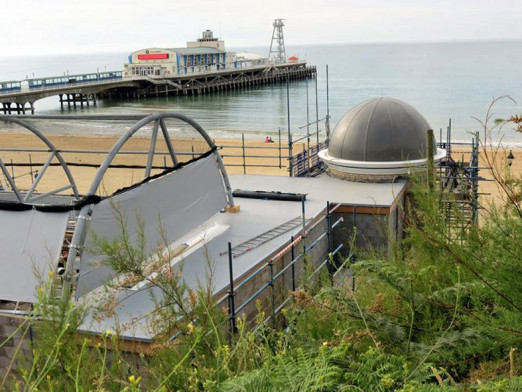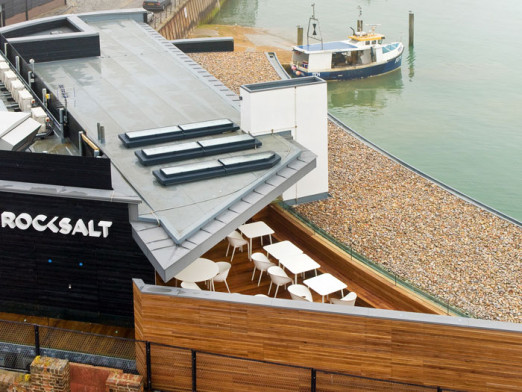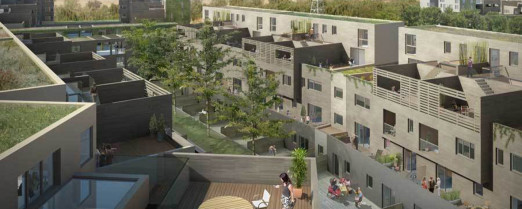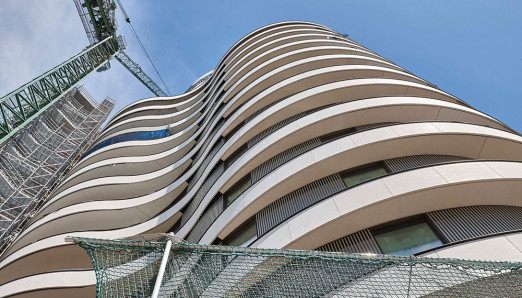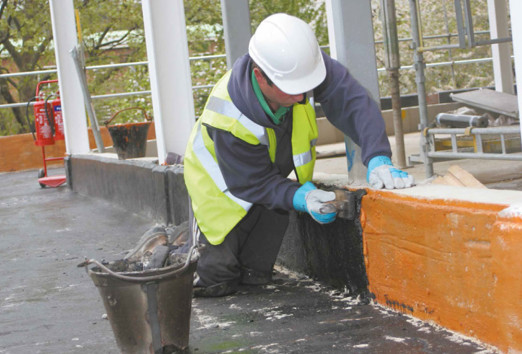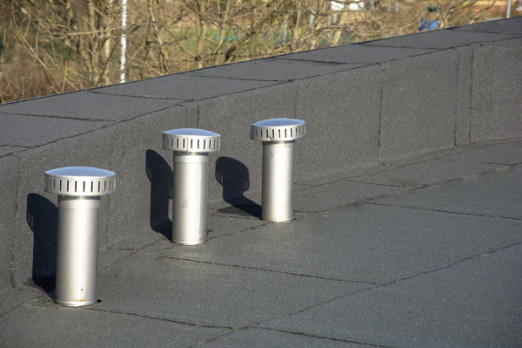Choosing the right flat roof system can be a challenge, but ask the right questions and you’re half way there.
At our seminar in November we launched a new tool for architects – a Flat Roof Specifier Checklist. Our checklist incorporates the fourteen key questions we, as roofing specialists, would ask you. To make the best use of a meeting with your roofing specialist, use this checklist to answer key questions and narrow down your choices in the right order.
In the coming weeks, we will take you through the fourteen questions step by step, covering three key stages; the fundamentals, design factors and buildability. Asking and answering these questions will set you on the right path to a quality flat roof.
Would you like a copy of the checklist to use yourself? You can download a copy here, or get in touch if you’d like some encapsulated ones with drywipe pens.
Part 1. Employers Requirements – the fundamentals
When you are given the job, you need to meet certain criteria which could dictate the way in which a specification will be generated and what options are available, so we begin with the fundamentals – the employer’s requirements.
As roofing consultants, we are often called in after things have gone wrong on a project. We see the same problems appearing time and time again with flat roofs, but both design and installation faults can be avoided by following a process that avoid common problems.
Q1. Does the Building Have a Fixed Design Life?
Every client has an expectation of their project, for example a school might be expected to have a life of 40-60 years; temporary structures will have different requirements. Does the type of building dictate a particular design life?
Different waterproofing solutions have durability statements certificated by the British Board Of Agrement (BBA), or European Technical Approval Guidelines (ETAGs). From these we can differentiate the appropriate types of product which will fit your client’s requirement. If a product has a design life of 30 years and the design life of the building is 60, whole life costing will dictate that the client should factor in renewing the roof twice.
On the other hand, the durability statement for Hot Melt is the design life of the building, that is up to 60 years, so from a design life point of view you may not need to renew the product for the life of the building.
Decide if you need to factor in renewal of the roof to meet the required design life, and make a cost comparison so your client can make an informed decision.
Q2. What Is the Guarantee Period?
Once we have looked at design life we need to consider guarantees as well. What is the minimum required performance life for the product?
Some clients would prefer the one product is guaranteed for the design life of the building. However, guarantee periods are frequently shorter than durability statement periods, after which replacement should be programmed in.
It is common for clients to want a long guarantee period; however, the credibility of the guarantee must be borne in mind. Will the client want the workmanship of the contractor to be covered in the guarantee? Should it be insurance backed?
By considering both design life and guarantee requirements you can filter out many products to a reasonable shortlist.
Q3. What about Sustainability?
The specification for your roof should reflect the sustainability requirements of the client, and of the building user. Is there a requirement (planning or otherwise) for a BREEAM or other sustainability rating?
Some flat roofing products are A+ rated, some are A rated, such as Armourplan. You can also consider whether the client has a concern for recycled content, or wishes to source products only made in the UK. Armourplan and IKO PermaTEC Hot Melt are both made in the UK but other products may be made overseas, increasing the energy expended in their use.
Certain clients, such as pharmaceutical companies, may require particular specification requirements for insurance purposes. They may need a type of building insurance which requires them to demand certain things of the building fabric. Now is the time to ask such questions.
Moving on to Think about Design Issues
The answers to these first three questions may help narrow the product choice quite considerably. You may still have a lot of options still available at this stage; these drivers may affect the specification choice, but they will not necessarily define it. For that we need to move on to the design section when we start to ask some specific questions about the detailed implications of product choices. We’ll cover the first couple of the design questions next time.
How to get your Flat Roof Checklist
Would you like a copy of the checklist to use yourself? You can download a copy here, or get in touch if you’d like some encapsulated ones with drywipe pens.

